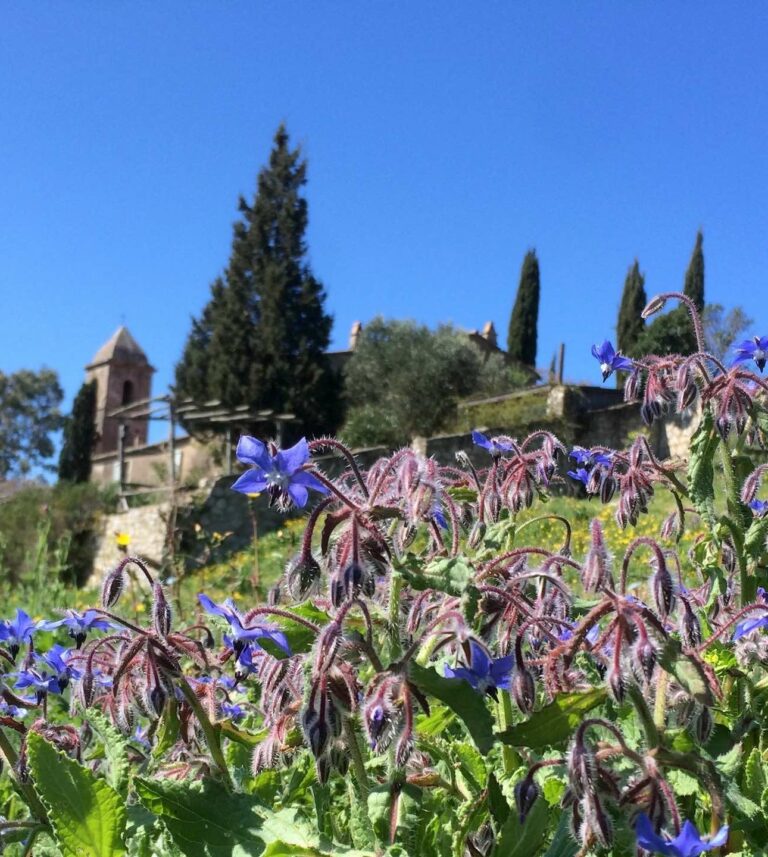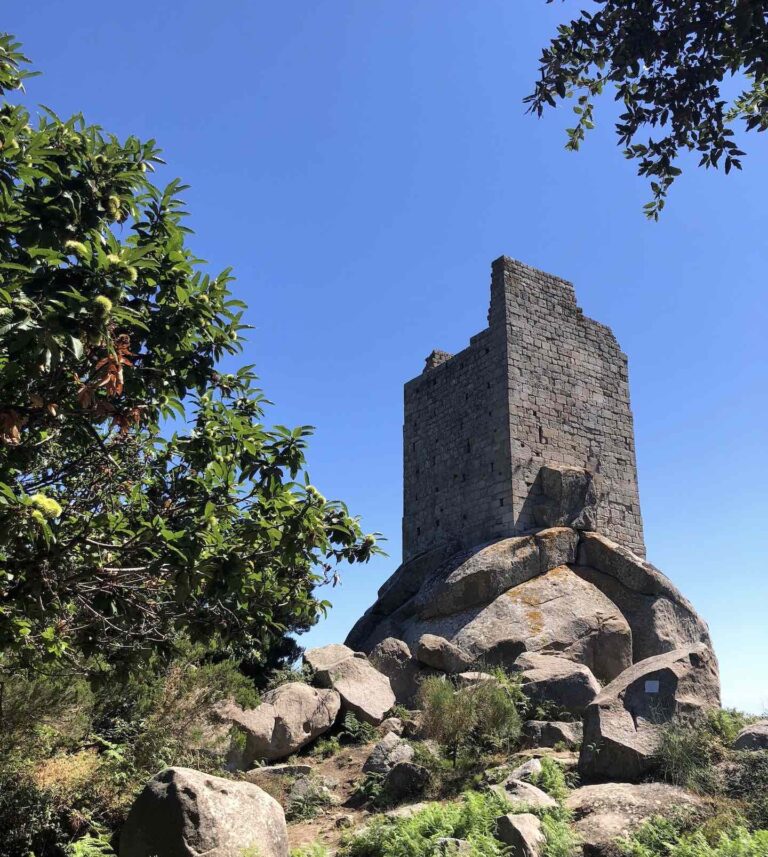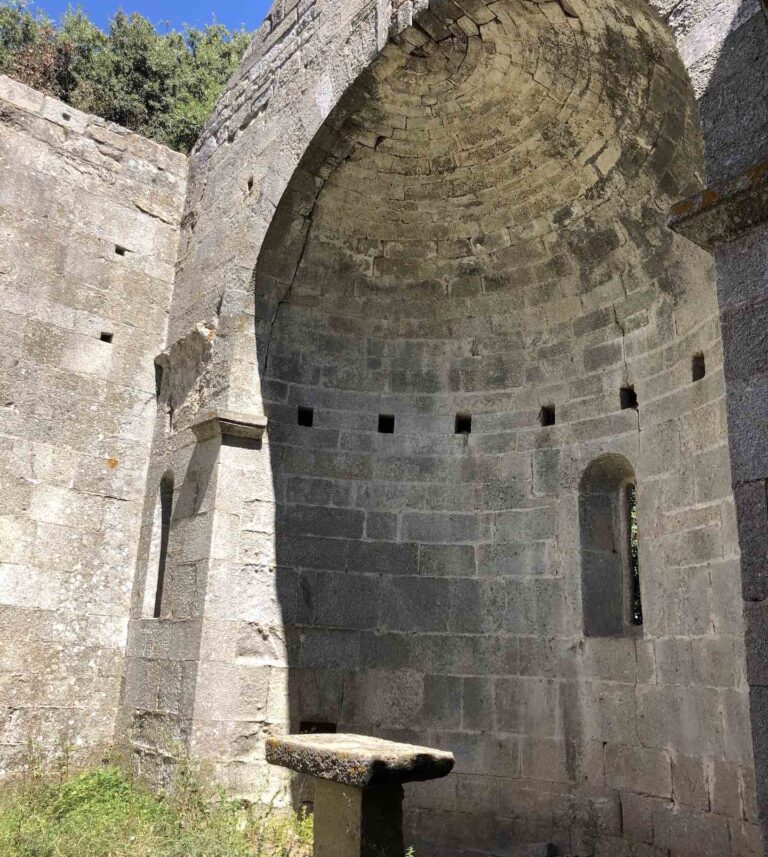ELBA ISLAND
Nature of Elba
A fish-shaped island with a mountain of over a thousand metres high that rises from its head… This is the image that, with a little imagination, we can see in the geography of Elba Island. It is an image bearing the evident duality of Elban nature: a marine paradise that, at the same time, tempts and attracts those who love mountains and outdoor sports.
Fins and hiking boots, snorkelling mask and binoculars, all contradictions often present in the suitcase of those who love Elba: a place that has as its characteristic a bit of the Triton and a bit of the Faun.
And if in the summer season the sea and beaches are the protagonists, with the sports activities of snorkelling, diving, kayaking and SUP, also in the other seasons the cliff expresses itself with a lot of variety: mountain-bike, e-bike, trekking, hiking.
The 400 km of mapped trails (thanks to the Elba Smart Exploring project in collaboration with Google Maps) have highlighted the great potential of Elba, made of a variety of routes and panoramas with the sea always as a backdrop (on Google Maps in the detail map you can choose Street View and a whole network appears on which you can click and see the route live, as if you were on the path).
Proof of this are the many sporting events of Mountain Bike, Triathlon e Fondo hat have come to life in recent years.
This growing interest has meant that more attention has been paid to everything related to outdoor sports tourism.
An example that stands out are the two mountain bike world championships of 1994 and 2021 that took place on the Calamita promontory in Capoliveri and gave life to the Capoliveri Bike Park, a vast network of well-kept trails that give unique emotions.
Another extraordinary experience that you can do on Elba is to walk the GTE, Great Elban Crossing, or the crossing of the entire island walking on the central ridge of Elba from east to west. Also here great work of restoration and maintenance of the paths in good part supported by the CAI.
Between Art and History
Elba Island is dotted with places of historical and artistic interest, in fact the position it has in the Tyrrhenian Sea and its iron and granite deposits, have made every people who had ambitions of conquest on the Mediterranean Sea consider Elba a place of primary interest.
We set off on the Elban historical-artistic journey, immediately recounting the experiences of a great historical figure: Immanuel Kant who tells us about his emotions in discovering the Grotto di Reale in Porto Azzurro, unfortunately not visitable, where the remains of Paleolithic animals have been found that are testimony to a land inhabited by rhinos, hippos and lions…
Other ancient testimonies can be found in the San Piero area: the Sassi Ritti or stone giants, monoliths from about 5,000 years ago.
No in-depth studies have been done on them and it is not known what they were, perhaps related to the cult of the Sun or funeral signs, but they are certainly very enchanting.
Very close to the area of the megaliths we have Le Piane della Sughera where there is a burial area or necropolis, probably from the Villanovan era. This area can all be visited and is on the hiking trails.
Another Necropolis very rich in finds is in Rio Marina: the Grotta di San Giuseppe referable to the Eneolithic culture of Rinaldone (3500-2500 BC) unfortunately, also not visitable.
Taking a step forward in the history of the Etruscans you can find numerous testimonies of their life in the finds collected in different areas of the island and preserved in the Musei della Linguella and Marciana.
Immediately below, of course, we have the ancient Romans, whose presence we can still find both in the aforementioned Museums and in the Villa delle Grotte in Portoferraio or in the Ancient Granite Caves in Marciana above Seccheto, where there are still semi-finished columns ready to be brought to who knows which temple.
An interesting fact is that 8 columns of the Pantheon of Rome were made with the granite of Marciana.
Granite takes us forward in history by telling us about Constantine’s mother who wanted 18 columns in Cologne. And then these were moved to Acquisgrana to build the Cathedral by Charlemagne.
Once again, granite accompanies us in the domination between the eleventh and fourteenth century of the Maritime Republic of Pisa that used it for the Cathedral of Pisa and the Baptistery.
The signs of this domination are visible, in different parts of Elba, the watchtowers against pirates, also built by the Republic of Pisa to defend it from continuous raids; such as the Tower of Marciana, the Tower of Jupiter or Castle of Giogo (restored by the Appiani) and the Tower of San Giovanni in Campo.
Also for the same reason was raised the Fortress of Marciana. The Volterraio Fortress also dates back to the Republican period.
Another notable legacy of the Pisan domination are all the Romanesque-style Churches of Elba such as the beautiful Church of San Giovanni in Campo, San Nicolò in Campo, San Piero in Campo, San Lorenzo di Marciana, Santo Stefano alle Trane in Portoferraio and the Church of San Michele in Capoliveri where Pope Gregory XI officiated Mass in 1376, and which was almost entirely destroyed by the pirates of Dragut, with only the remains of the apse today restored.
With the fall of the Maritime Republic of Pisa, Elba passes to the Lordship of Piombino degli Appiani and almost a century passes with relative tranquillity, although the pirates and the Republic of Genoa try several times to take control of the island. Of this period are the construction of the Tower of Rio Marina and the restoration of all the fortified sites of Elba.
But it’s been since the sixteenth century that the history of Elba has become even more varied, almost convulsive…
We have on the northern side of the island Cosimo dei Medici della Signoria di Firenze that in 1548 began the construction of his Medici Fortress or Cosmopolis in Ferraja (Portoferraio) with the authorisation of Carlo V. Cosimo himself gives life to the Portoferraio that we know today with its Medici Walls Medicee, Forte Falcone, Forte Stella and the Linguella.
The expansionist aims of the lords of Florence, already evident at the beginning of the 1500s with the sending of the trusty ambassador Machiavelli to negotiate an alliance between Piombino and Florence, must then be limited to the control of Cosmopolis alone, because in the meantime, Charles V has changed his mind and gives back to the Appiani the control of the Island.
On the other side of the island precisely to counterbalance what Cosimo had done, the Treaty of London of 1557, establishes that the Crown of Spain has the right to occupy and guard a place on the island to build a fortress and from this, Forte Longone was born and in 1606 the Sanctuary of Our Lady of Monserrato will also be built, still today a place of worship. The Madonna of Monserrato is celebrated every year on 8 September with the procession in period costume.
France will attempt to undermine Spanish supremacy over the Tyrrhenian Sea on several occasions by attacking Longone, considered one of the cornerstones of the Spanish defensive system in the Tyrrhenian Sea.
One of the most important attacks was on the initiative of Cardinal Mazzarino in 1646, who managed to defeat the Spaniards and maintain control over Forte Longone for 4 years. The Spanish reconquest then gave life to the other Spanish bulwark in 1678, Fort Focardo, today home to a lighthouse of the military navy still in operation.
From the eighteenth century begins the decline of the two Elban strongholds, Cosmopolis and Longone, made almost obsolete due to the new political-military landscape. Overall, the 1700s was a relatively quiet and peaceful century that favoured economic development.
The nineteenth century is characterised by the entry into the scene of Napoleon, of which Elba was not only the place of exile, but also the centre of several clashes between the Napoleonic army and the rest of the European rulers led by the British, for the supremacy of the continent.
In 1796, Napoleon’s campaign in Italy began and Livorno was occupied. As a counter-insurgency, the English occupy Portoferraio with the promise to the population and the Grand Duke of Tuscany (no longer Medici but Lorraine) that they would be there only to defend them.
After two years Napoleon conquered all of Italy as well as Elba.
However, except for Portoferraio which became pro-French, the rest of the island was loyal to the Duchy of Lorraine. All this leads to bloody revolts that still plunge Elba into scenes of plunder and fear.
The fate of Elba follows the course of the war on the continent, whereas Napoleon is defeated and in 1799 Portoferraio returns to the Lorraines.
The peace of Luneville 1801 and then that of Amiens led to the reversal of the situation, that is, the finally unified Elba passed to France, the only enemy left being England.
After a series of political historical reversals, Napoleon loses in Leipzig and is confined to the Island of Elba by his own choice.
The arrival of Napoleon in 1814 and his brief stay mark Elba in an indelible way, starting from things that may seem trivial, like the flag still in use today, the reorganisation of the roads, the impulse of agriculture, especially of olive trees and vines, and many other projects followed with passion, dedication and also competence.
In addition to all these legacies of Napoleon, the Villa dei Mulini and the Villa di San Martino, now Napoleonic Museums, remained the two residences he strongly desired. It is in the Villa di San Martino that we find the statue of Canova that represents Pauline Bonaparte in the forms of Galatea and a handwritten writing of the Emperor: “Ubicumque Felix Napoleon”.
From the nineteenth century onwards, history has been always very rich in anecdotes and very important facts but the face of Elba would not change so much, unless we make the exception of the bombings following the Second World War that devastated Portoferraio above all…
However, I would still like to recall the sinking in 1841 but above all its discovery in 1995, of the Motonave Polluce that gave life to the Museum of the Sea in Capoliveri and that tells an incredible story of Modern Piracy.
And among the last monuments built at Elba of a certain historical importance I would like to mention those of the architect of the early twentieth century Adolfo Coppedè of which the Mausoleum Tonietti a Cavo is the most beautiful and “forgotten” work, but also the Park Hotel Napoleone in San Martino.
Elba's wine and food culture
Precisely because the natural and historical influences of Elba are so varied, the island’s food and wine culture is vast.
The wine tradition has its roots in the Etruscan presence on the island and has developed over the centuries.
Today, the best known wine is Aleatico, a D.O.C.G. liqueur wine that Napoleon also fell in love with and greatly favoured its production. A phrase written in one of the letters of the great general was “the inhabitants of Elba are so strong and healthy because the wine of their island gives strength and health”.
There are many cellars and estates that you can visit and where you can taste native grape varieties such as Ansonica, Procanico, Aleatico and many other local products.
As for the gastronomic tradition, it is also affected by the duality of the territory between the mountains and the sea, as well as by the different dominations that have passed through the island over the centuries.
All this means that dishes such as castagnaccio and cacciucco can be present on the table of the Elban tradition, evident expressions of two culinary worlds perhaps normally distant, but not in Elba.

















